Advancements in Anesthetic Techniques
Innovations in anesthetic techniques are significantly influencing the artificial coma-medically-induced-coma market. The development of new anesthetic agents and delivery systems has improved the safety and efficacy of inducing comas for therapeutic purposes. For instance, the introduction of ultra-short-acting anesthetics allows for more precise control over the duration of coma induction, which is crucial in critical care settings. According to the American Society of Anesthesiologists, the use of advanced anesthetic techniques has increased by approximately 30% in recent years, reflecting a shift towards more sophisticated approaches in patient management. This trend not only enhances patient safety but also encourages healthcare providers to utilize medically-induced comas as a viable treatment option. As a result, the artificial coma-medically-induced-coma market is likely to benefit from these advancements, leading to broader acceptance and application in clinical practice.
Increased Focus on Patient-Centric Care
The shift towards patient-centric care is reshaping the landscape of the artificial coma-medically-induced-coma market. Healthcare providers are increasingly prioritizing individualized treatment plans that consider the unique needs and preferences of patients. This trend is particularly relevant in the context of medically-induced comas, where the decision to induce a coma must be carefully weighed against potential risks and benefits. The National Institutes of Health emphasizes the importance of shared decision-making in critical care settings, which may lead to more informed choices regarding the use of artificial coma techniques. As patient engagement and satisfaction become central to healthcare delivery, the artificial coma-medically-induced-coma market may experience growth as providers seek to align their practices with these evolving standards. This focus on patient-centric care could also drive innovations in treatment protocols and enhance the overall quality of care.
Emerging Research on Neuroprotective Strategies
Ongoing research into neuroprotective strategies is likely to influence the artificial coma-medically-induced-coma market. Studies exploring the neuroprotective effects of medically-induced comas suggest that these interventions may not only stabilize patients but also promote recovery by minimizing secondary brain injury. The National Institutes of Health has funded numerous studies investigating the optimal conditions for inducing comas and their long-term effects on neurological recovery. As evidence supporting the benefits of artificial coma techniques accumulates, healthcare providers may become more inclined to adopt these practices in clinical settings. This growing body of research could lead to enhanced guidelines and protocols for the use of medically-induced comas, ultimately expanding the artificial coma-medically-induced-coma market. The potential for improved patient outcomes through neuroprotective strategies may further drive interest and investment in this area.
Rising Incidence of Severe Neurological Conditions
The increasing prevalence of severe neurological conditions, such as traumatic brain injuries and strokes, is a primary driver for the artificial coma-medically-induced-coma market. In the US, the Centers for Disease Control and Prevention (CDC) reports that approximately 795,000 individuals experience a stroke annually, with many requiring advanced medical interventions. This trend suggests a growing need for artificial coma procedures to manage intracranial pressure and facilitate recovery. As healthcare providers seek effective treatment options, the demand for artificial coma techniques is likely to rise, thereby expanding the market. Furthermore, advancements in neurocritical care are enhancing the efficacy of these procedures, which may lead to improved patient outcomes and increased adoption within medical facilities. Consequently, the artificial coma-medically-induced-coma market is poised for growth as healthcare systems adapt to the rising incidence of these conditions.
Growing Investment in Neurocritical Care Facilities
The expansion of neurocritical care facilities is a notable driver for the artificial coma-medically-induced-coma market. As hospitals increasingly recognize the importance of specialized care for patients with severe neurological conditions, investments in dedicated neurocritical care units are on the rise. The American Hospital Association indicates that the number of hospitals with specialized neurocritical care units has increased by over 25% in the past five years. This growth is likely to enhance the availability of advanced treatment options, including medically-induced comas, for patients requiring intensive monitoring and intervention. Furthermore, the establishment of these facilities often comes with the integration of cutting-edge technology and trained personnel, which may improve patient outcomes and foster a more favorable environment for the application of artificial coma techniques. Consequently, the artificial coma-medically-induced-coma market stands to gain from this trend as healthcare systems evolve.


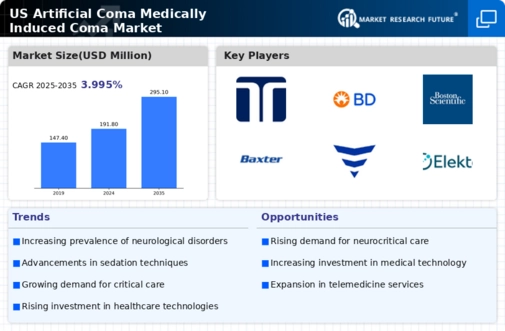
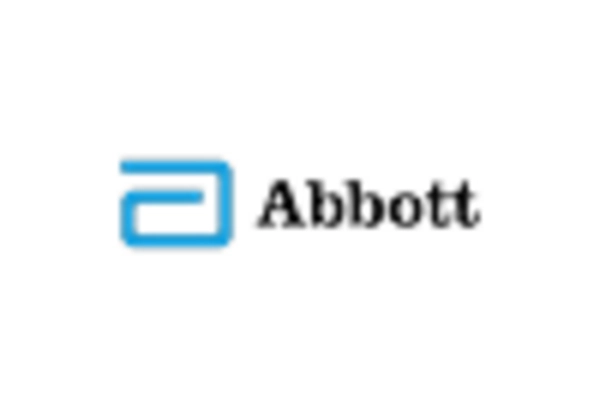
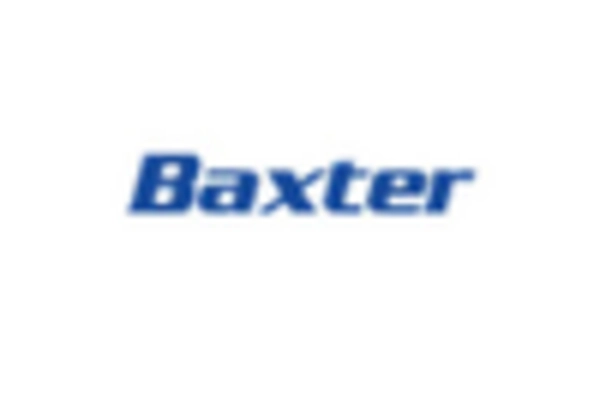
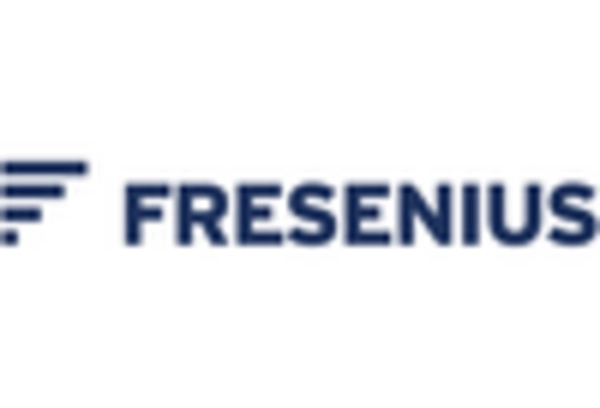
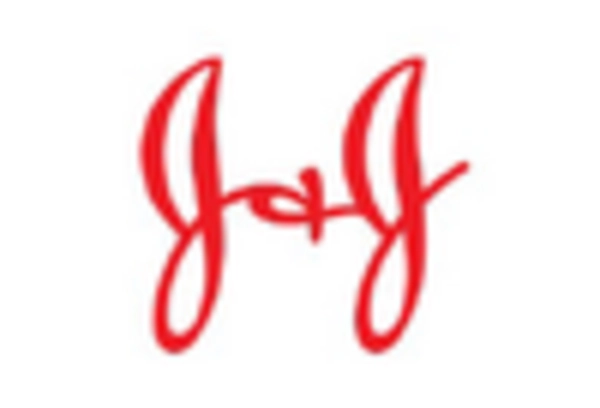
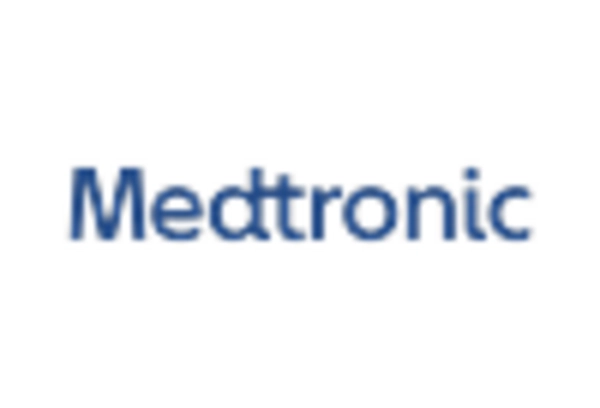









Leave a Comment